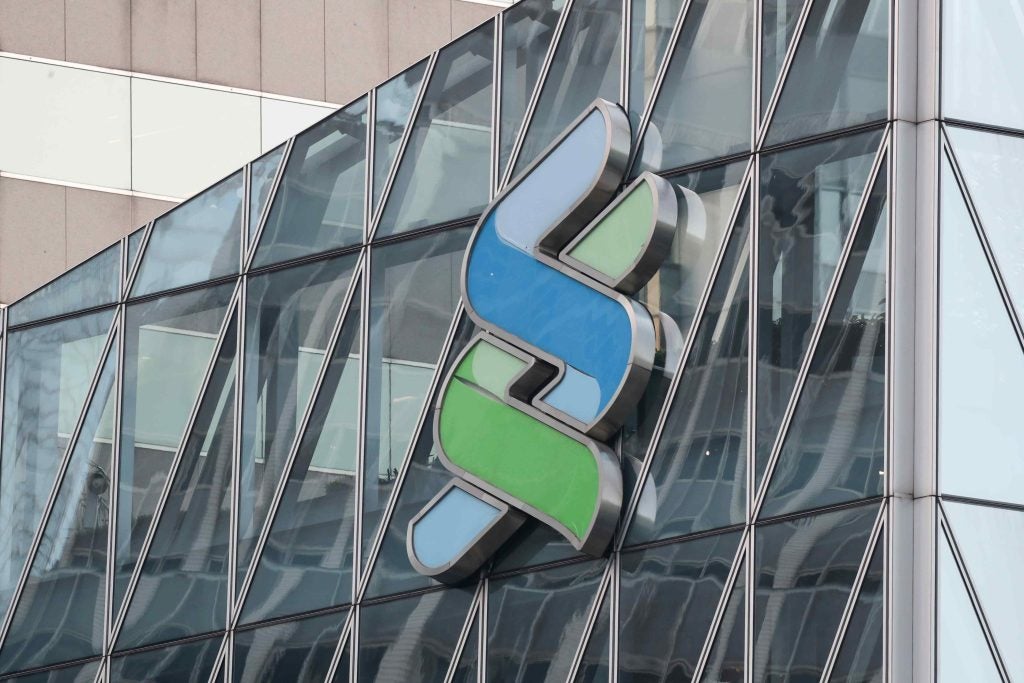 “Private equity funds have failed to beat the S&P
“Private equity funds have failed to beat the S&P
500 over the last 20 years, according to recent research, and as a
result finance professionals have been left pondering how private
equity became a trillion-dollar industry. The question now is
whether disappointed investors shift from the private equity (PE)
to a more flexible approach.
Academics Steven Kaplan (University of
Chicago), Antoinette Schoar (Massachusetts Institute of
Technology), Ludovic Phalippou (University of Amsterdam) and Oliver
Gottschalg (HEC Paris, a business school) have studied PE returns
(net of fees), and produced detailed analyses that covered hundreds
of funds over the last 20 years. Their data sources and evaluative
techniques are unassailable, as are their conclusions about the
S&P 500 being a better deal.
By way of illustration, as an academic project,
two PhDs and I designed software that generated synthetic PE
portfolios from public equities. Marketing the software as a PE
substitute, we discovered – much to our surprise – that most
institutions were unaware of the studies and, when told of the
results, registered disbelief.
The PE industry – either through its fund
managers, gatekeepers, data services or industry associations – has
never disputed the findings. Instead, it points to the premium
returns generated by the top quartile of funds, an argument that
conveniently ignores the 75% of funds with poor-to-moderate
performance. Alternatively, the industry’s reasoning goes: “If the
studies are correct, then why are so many institutions still buying
into PE funds?”
While the notion of the market being
smarter than the professors is appealing, the industry offers no
statistical backup, and one is reminded of recent market failures
fuelled by herd psychology, lemming-like behaviour and buyer mania,
such as those in internet stocks and real estate mortgages.
The principal studies by Kaplan and Schoar
concluded that PE funds provided internal rates of returns (IRRs,
net of fees) about equal to the S&P 500. In a follow-up work,
Phalippou and Gottschalg looked closer at the valuations assigned
to unsold investments, concluded that the valuations were
optimistic, and determined that PE actually underperformed the
S&P 500 by 3% annually. All the professors examined “cash in,
cash out” returns to limited partners (LPs), as well as “absolute
cash payouts” expressed as a multiple of investment.
How well do you really know your competitors?
Access the most comprehensive Company Profiles on the market, powered by GlobalData. Save hours of research. Gain competitive edge.

Thank you!
Your download email will arrive shortly
Not ready to buy yet? Download a free sample
We are confident about the unique quality of our Company Profiles. However, we want you to make the most beneficial decision for your business, so we offer a free sample that you can download by submitting the below form
By GlobalDataIRRs tend to be the prime yardsticks provided
by PE data services such as Cambridge Associates, Prequin, State
Street and Thomson Reuters, but IRRs can be inflated by fund
managers through selling good investments early and holding bad
deals longer. That’s why cash payout is a good supplemental
measure.
The studies concentrated on funds that were
largely liquidated. With most PE funds having a 10-year life,
vintage years before 2002 represented the body of study, but a
review of subsequent funds uncovered similar performance
patterns.
Gross of fees, the average fund beats
the S&P 500 by 3% or 4% annually. However, the multi-layered
fee structure (see the chart for buyout funds) depresses LP returns
by four to 6%, thus dropping the LP returns, net of fees, below the
index.
A number of LPs have observed that the fees
present a problem, yet they are unable to present a unified front
in demanding constructive changes.
Synthetic public stock portfolios may be a
reasonable alternative. For example, even PE executives admit that
anyone applying 50% margin to the S&P 500 index can beat buyout
returns. However, many institutions can’t buy stocks on margin, or
they are reluctant to purchase leveraged ETFs.
It may be up to private bankers (and those
managing publicly-traded equities) to develop tools for clients to
mirror PE investment attributes without the high fees. Investors
can thus try a new approach to the old problem of “beating the
market”.
Jeffrey Hooke is a managing director of
Hooke Associates, a valuation firm, and of FOCUS, a US–based
investment bank.







